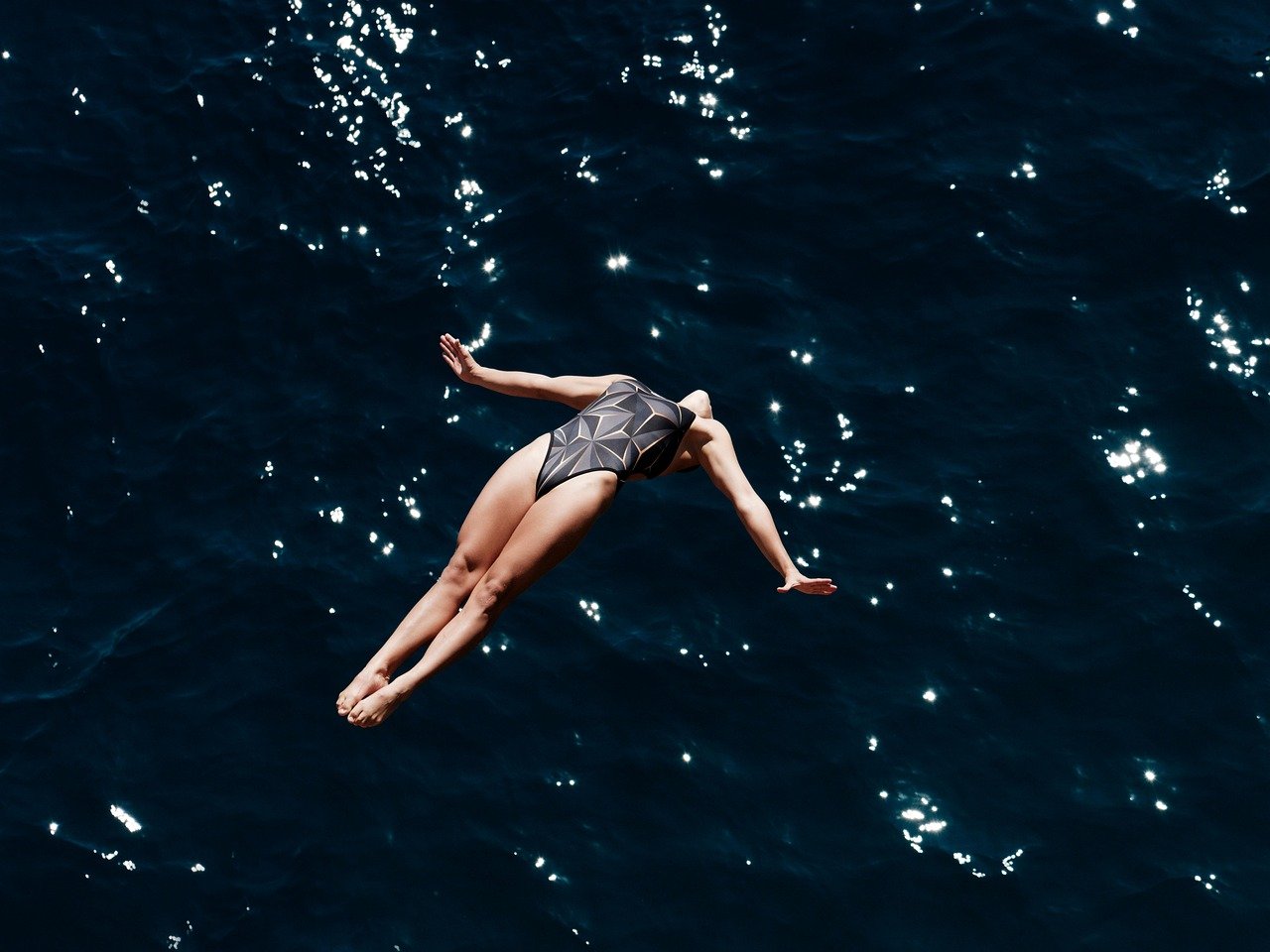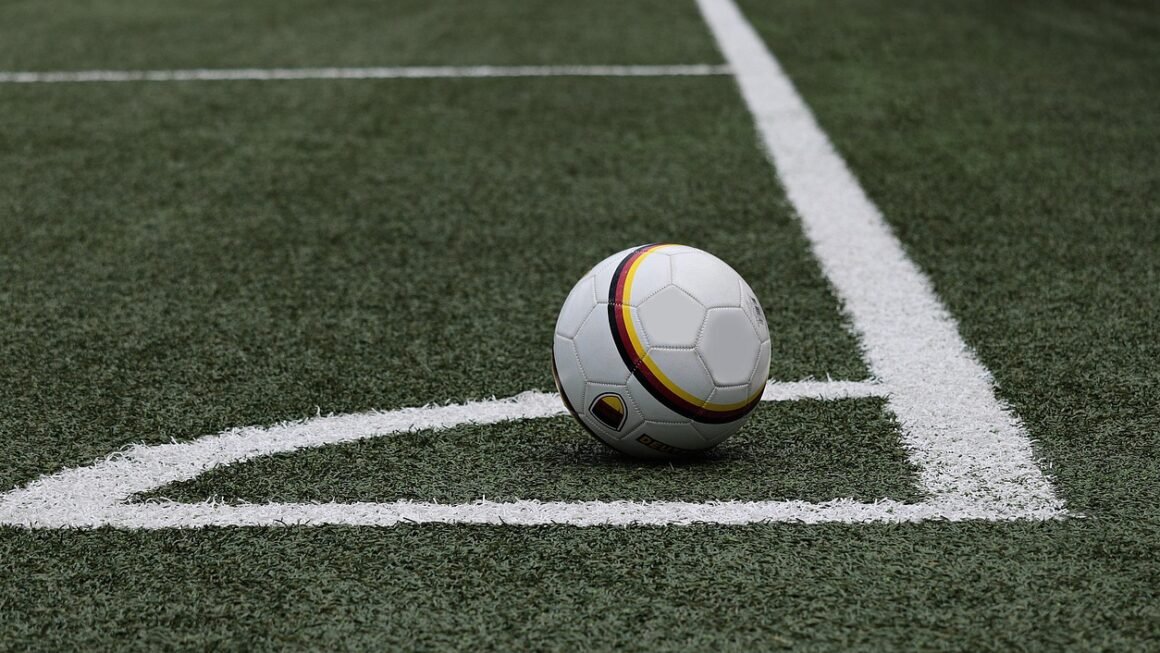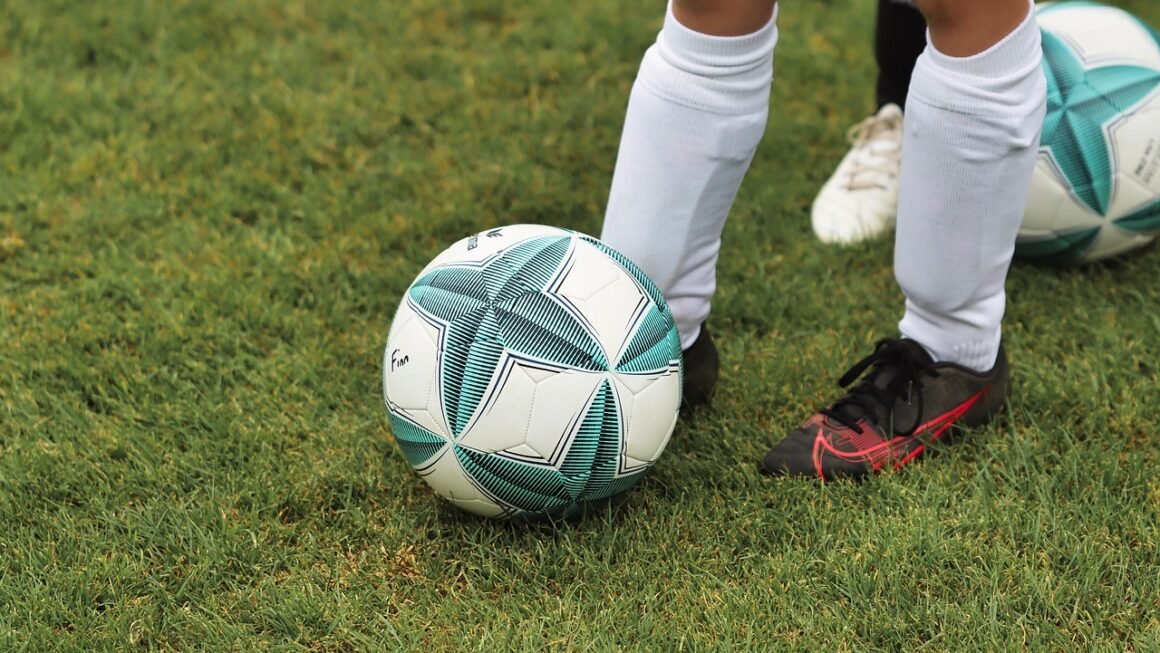Rowing, a sport often perceived as graceful and serene, is in reality a powerful and demanding activity that engages nearly every muscle group in the body. Whether gliding across calm waters in a single scull or powering a crew boat in perfect synchronicity, rowing offers a unique blend of physical exertion and mental focus. This blog post will delve into the multifaceted world of rowing, exploring its benefits, techniques, equipment, and the various avenues for getting involved in this remarkable sport.
The All-Encompassing Benefits of Rowing
Rowing is more than just a sport; it’s a full-body workout that provides a range of physical and mental advantages. Engaging in rowing regularly can significantly improve your overall health and well-being.
Physical Benefits: A Symphony of Strength and Endurance
Rowing stands out as one of the most effective low-impact exercises, combining both cardiovascular and strength training.
- Cardiovascular Health: Rowing elevates your heart rate, improving cardiovascular endurance and reducing the risk of heart disease. Studies have shown that regular rowing can lower blood pressure and improve cholesterol levels.
- Full-Body Strength: Unlike many exercises that isolate specific muscle groups, rowing engages approximately 85% of your muscles. This includes your legs, core, back, and arms, leading to balanced muscle development.
- Low-Impact Exercise: The smooth, gliding motion of rowing minimizes stress on joints, making it an excellent option for individuals of all ages and fitness levels, including those with joint pain or injuries.
- Weight Management: As a high-calorie-burning activity, rowing can be a valuable tool for weight management. An hour of intense rowing can burn upwards of 600-800 calories.
- Improved Posture: Rowing strengthens the core and back muscles, which are essential for maintaining good posture. Proper rowing technique promotes spinal alignment and reduces the risk of back pain.
Mental Benefits: Finding Flow on the Water
Beyond the physical, rowing also offers profound mental benefits, fostering focus, discipline, and teamwork.
- Stress Reduction: The rhythmic motion of rowing and the immersion in nature can have a calming effect, reducing stress and anxiety. The focused breathing and coordinated movements promote mindfulness.
- Improved Focus and Concentration: Rowing requires intense focus and concentration, which can translate into improved cognitive function and attention span in other areas of life.
- Teamwork and Camaraderie: Crew rowing, in particular, fosters a strong sense of teamwork and camaraderie. Working together to achieve a common goal builds trust, communication skills, and lasting friendships.
- Discipline and Perseverance: Rowing is a challenging sport that requires dedication and perseverance. Overcoming obstacles and achieving goals on the water builds resilience and mental toughness.
- Connection with Nature: Rowing provides an opportunity to connect with nature and enjoy the beauty of the outdoors. Being on the water can be incredibly therapeutic and rejuvenating.
Mastering the Rowing Stroke: Technique and Form
Efficient rowing relies on a precise and coordinated stroke. Understanding the proper technique is crucial for maximizing power and minimizing the risk of injury.
The Four Phases of the Rowing Stroke
The rowing stroke can be broken down into four distinct phases: the Catch, the Drive, the Finish, and the Recovery.
- The Catch: This is the beginning of the stroke, where the oar is placed into the water. The rower should have their knees bent, back straight, and arms extended. The blades should be fully squared and ready to “catch” the water.
Example: Imagine reaching forward, but with your shoulders relaxed and core engaged.
- The Drive: This is the power phase of the stroke, where the rower pushes with their legs, engages their core, and pulls with their arms to propel the boat forward. The sequence is legs, core, then arms.
Example: Focus on driving with your legs first, then leaning back slightly at the hips, and finally pulling the oar towards your chest.
- The Finish: This is the end of the stroke, where the oar is removed from the water. The rower should have their back straight, core engaged, and arms close to their body. The blades are feathered (turned parallel to the water) as they come out.
Example: Think about finishing the stroke with a quick snap of your wrists to feather the blade cleanly.
- The Recovery: This is the return phase, where the rower prepares for the next stroke. The rower gradually straightens their arms, pivots from the hips, and slides their seat back towards the catch position.
Example: Maintain a relaxed posture and focus on smooth, controlled movements during the recovery.
Common Mistakes and How to Avoid Them
Avoiding common errors can significantly improve rowing efficiency and reduce the risk of injuries.
- Hunching the Back: Maintaining a straight back is crucial for preventing back pain and injuries.
Correction: Focus on engaging your core and maintaining good posture throughout the stroke.
- Pulling with the Arms Too Early: Using your arms before engaging your legs will waste energy and reduce power.
Correction: Drive with your legs first, then engage your core, and finally pull with your arms.
- Rushing the Slide: A rushed slide can lead to poor technique and increased risk of injury.
Correction: Focus on controlled, smooth movements during the recovery phase.
- Not Feathering the Blades Properly: Improper feathering can slow the boat down and make rowing more difficult.
Correction: Ensure that the blades are feathered cleanly at the finish and remain feathered throughout the recovery.
Rowing Equipment: Choosing the Right Gear
Selecting the appropriate equipment is essential for a safe and enjoyable rowing experience. From boats to oars to clothing, understanding the different options can enhance your performance and comfort.
Types of Rowing Boats
Rowing boats, also known as shells, come in various configurations, each designed for specific purposes.
- Sculls: Sculling boats are rowed with two oars, one in each hand. Sculling boats include:
Single Scull (1x): Rowed by one person.
Double Scull (2x): Rowed by two people.
Quadruple Scull (4x): Rowed by four people.
- Sweep Boats: Sweep boats are rowed with one oar per person. Sweep boats include:
Pair (2- or 2+): Rowed by two people (with or without a coxswain).
Four (4- or 4+): Rowed by four people (with or without a coxswain).
Eight (8+): Rowed by eight people with a coxswain.
- The Coxswain: The coxswain is responsible for steering the boat, coordinating the crew, and executing race strategy. The coxswain usually sits at the stern (back) of the boat, except in some bow-coxed boats.
Oars: The Extensions of Your Power
Oars are the tools used to propel the boat through the water. They come in different lengths and materials, depending on the type of boat and the rower’s preferences.
- Blade Shape: Oar blades come in various shapes, including Macon blades (traditional, symmetrical blades) and Hatchet blades (asymmetrical blades, designed for increased efficiency).
- Material: Oars are typically made from wood, carbon fiber, or a combination of both. Carbon fiber oars are lighter and stiffer, providing greater power transfer.
- Length: Oar length varies depending on the type of boat and the rower’s size and strength.
Essential Rowing Gear: What to Wear and Bring
Comfort and safety are paramount when choosing rowing gear.
- Clothing:
Form-fitting clothing: Prevents chafing and allows for unrestricted movement. Spandex shorts or leggings are a good choice.
Moisture-wicking fabrics: Keep you cool and dry by wicking away sweat.
Layers: Allow you to adjust your clothing based on the weather conditions.
Sun protection: Wear a hat, sunglasses, and sunscreen to protect yourself from the sun’s harmful rays.
- Accessories:
Rowing shoes: Provide a secure and comfortable fit and allow for efficient power transfer.
Gloves: Protect your hands from blisters and improve grip.
Water bottle: Stay hydrated by bringing plenty of water.
Personal flotation device (PFD): Essential for safety, especially for beginners.
Getting Involved: From Beginner to Competitive Rower
Rowing is accessible to people of all ages and fitness levels. There are numerous ways to get involved, from recreational rowing to competitive racing.
Finding a Rowing Club or Program
Joining a rowing club or program is an excellent way to learn the basics, meet other rowers, and access equipment and coaching.
- Local Rowing Clubs: Search online for rowing clubs in your area. Many clubs offer introductory courses and recreational programs.
- University Rowing Programs: Many universities have rowing teams that are open to students of all skill levels.
- Community Rowing Programs: Some communities offer rowing programs through parks and recreation departments.
- Adaptive Rowing Programs: Adaptive rowing programs provide opportunities for individuals with disabilities to participate in rowing.
Types of Rowing Programs
Rowing programs cater to various interests and skill levels.
- Learn-to-Row Programs: These programs are designed for beginners and provide instruction on the basics of rowing technique, safety, and boat handling.
- Recreational Rowing Programs: These programs offer opportunities for casual rowing and social interaction.
- Competitive Rowing Programs: These programs are designed for experienced rowers who are interested in racing.
- Masters Rowing Programs: Masters rowing programs cater to rowers aged 27 and older.
Indoor Rowing: A Versatile Alternative
Indoor rowing, also known as ergometer rowing, provides a convenient and accessible way to train and experience the benefits of rowing year-round.
- Benefits of Indoor Rowing: Indoor rowing offers many of the same benefits as on-water rowing, including cardiovascular fitness, full-body strength, and low-impact exercise.
- Ergometer Technique: Proper ergometer technique is essential for maximizing power and minimizing the risk of injury. The same principles of the on-water rowing stroke apply to indoor rowing.
- Erg Workouts: There are countless erg workouts that can be tailored to different fitness goals. These can range from long, steady-state rows to high-intensity interval training.
- Virtual Rowing: Virtual rowing platforms like Zwift and ErgData allow you to connect with other rowers and participate in virtual races and training sessions.
Conclusion
Rowing is a sport that offers a wealth of benefits, from improved physical fitness to enhanced mental well-being. Whether you’re drawn to the challenge of competitive racing or the tranquility of recreational rowing, there’s a place for you in the world of rowing. By understanding the techniques, equipment, and opportunities available, you can embark on a rewarding journey that will transform your body, mind, and spirit. So, take the plunge, find a local rowing club, and experience the power and grace of rowing for yourself.



